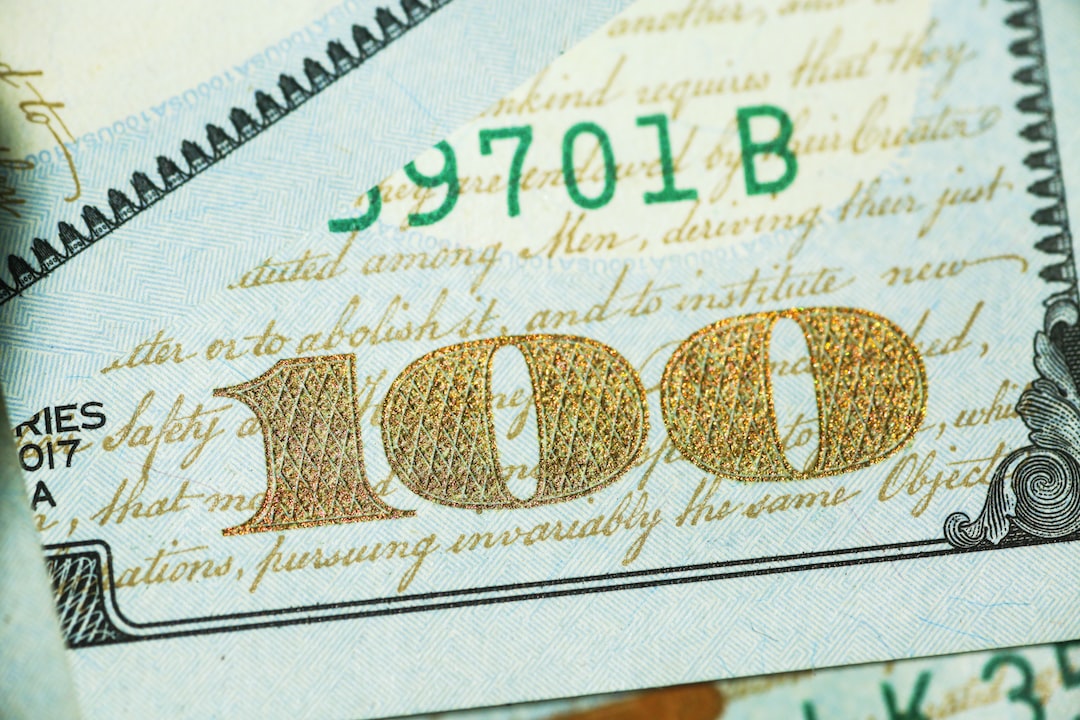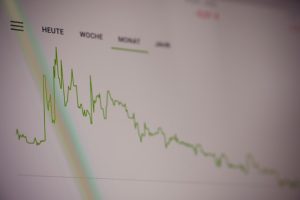Forex trading, like any other financial market, involves a great deal of statistical analysis. One of the most useful tools in this regard is the z-score. A z-score is a measurement of how far a data point is from the mean of a given set of data. In forex trading, z-scores can be used to analyze currency pairs and identify opportunities for profitable trades. In this article, we will explain how to use z-scores in forex trading.
What is a z-score?
A z-score is a statistical measurement that is used to determine how many standard deviations a data point is from the mean of a given set of data. It is calculated by subtracting the mean from the data point and then dividing the result by the standard deviation. The formula for calculating the z-score is:
z = (x – μ) / σ
Where z is the z-score, x is the data point, μ is the mean of the data set, and σ is the standard deviation.
A z-score of zero indicates that the data point is exactly at the mean of the data set. A positive z-score indicates that the data point is above the mean, while a negative z-score indicates that the data point is below the mean.
How to use z-scores in forex trading
Z-scores can be used in forex trading to identify opportunities for profitable trades. Here are some ways to use z-scores in forex trading:
1. Identify overbought and oversold conditions
Z-scores can be used to identify overbought and oversold conditions in currency pairs. When a currency pair has a high z-score, it is considered overbought, which means that the price has risen too far too fast and is likely to experience a correction. Conversely, when a currency pair has a low z-score, it is considered oversold, which means that the price has fallen too far too fast and is likely to rebound.
Traders can use z-scores to identify overbought and oversold conditions and then enter trades accordingly. For example, if a currency pair has a high z-score, a trader might sell the pair in anticipation of a correction. Conversely, if a currency pair has a low z-score, a trader might buy the pair in anticipation of a rebound.
2. Identify trends
Z-scores can also be used to identify trends in currency pairs. When a currency pair has a consistently high or low z-score, it indicates that the pair is trending in a particular direction. Traders can use z-scores to identify trends and then enter trades accordingly. For example, if a currency pair has a consistently high z-score, a trader might buy the pair in anticipation of further gains.
3. Identify trading ranges
Z-scores can also be used to identify trading ranges in currency pairs. When a currency pair has a z-score that oscillates between a high and low range, it indicates that the pair is trading within a certain range. Traders can use z-scores to identify trading ranges and then enter trades accordingly. For example, if a currency pair has a z-score that oscillates between a high and low range, a trader might buy the pair at the low end of the range and sell it at the high end of the range.
4. Identify correlations
Z-scores can also be used to identify correlations between currency pairs. When two currency pairs have a consistently high or low z-score, it indicates that they are correlated. Traders can use z-scores to identify correlations and then enter trades accordingly. For example, if two currency pairs have a consistently high z-score, a trader might buy both pairs in anticipation of further gains.
Conclusion
Z-scores are a useful statistical tool in forex trading. They can be used to identify overbought and oversold conditions, trends, trading ranges, and correlations between currency pairs. Traders can use z-scores to identify opportunities for profitable trades and improve their overall trading strategy.





